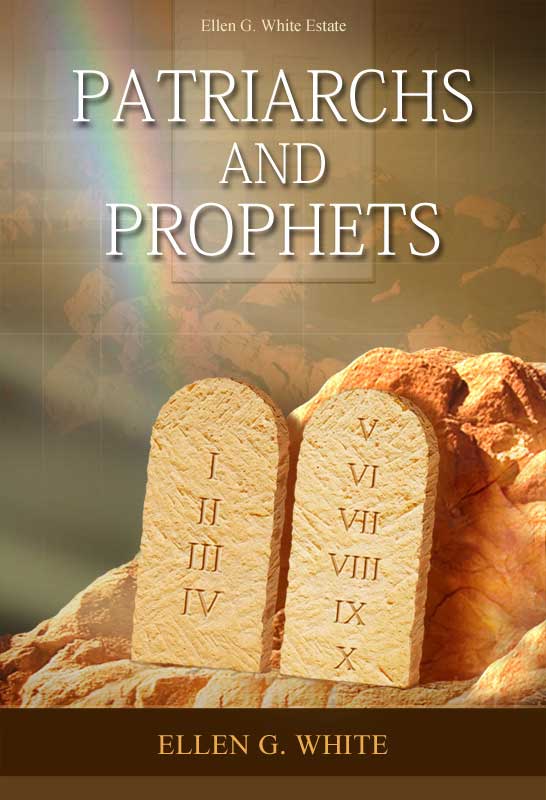

and sees its alleged prophecies as reflecting the person and times of Antiochus IV Epiphanes, the Seleucid king of Syria. Today, standard historical-critical scholarship places the composition of Daniel in the second century B.C. Preterism eventually penetrated Protestant thought in the late eighteenth century and became the standard view of liberal Protestantism. Preterism (from the Latin, praeter, meaning “past”) argued that these prophetic books met their fulfillment in the pre-Christian past or early centuries of the Christian era. These moves served to deflect the accusing finger of prophecy away from the papal system. In response the Catholic Counter-Reformation introduced the initial arguments for two different systems of prophetic interpretation: preterism and futurism. Sixteenth century Protestant interpretations of Daniel and Revelation shook the Roman Catholic Church. Preterist and Futurist Methods of Interpretation Our understanding of Daniel and Revelation became the distinctive frame to hold in place and to highlight the biblical truths we teach as a church. Following this method the early Seventh-day Adventist pioneers came to perceive our own times, the twofold ministry of Christ in the heavenly sanctuary, our identity as a people, and our task. On this basis they concluded that the Papacy was the focus of several of the prophecies in Daniel and Revelation. The Protestant reformers (from whose roots we spring) likewise employed the historicist method. Their historical fulfillment occurred in the destruction of Jerusalem and the temple by the Romans in A.D. 26 see Matthew 24:15 Luke 21:20.) These events were to take place after His death and ascension. This time, however, He pointed to another aspect-to “the prince that come destroy the city and the sanctuary.” (v. Near the close of His life Jesus again referred to the same prophecy. In this affirmation of prophetic fulfillment He alluded to Daniel’s 70 week prophecy (Dan 9:24-27) which foretold the appearance of the Messiah. The year-day principle (a symbolic day = a literal year) is an integral part of this method inasmuch as it functions to unroll the symbolic time periods so that we are able to locate the predicted events along the highway of history.Jesus used the historicist method for interpreting Daniel when He announced, “The time is fulfilled, and the kingdom of God is at hand” (Mark 1:15). The historicist method accepts the assumption that the prophecies of Daniel and Revelation are intended to unfold and to find fulfillment in historical time – in the span between the prophets Daniel and John respectively and the final establishment of God’s eternal kingdom. Sometimes this approach is called the historicist method or the continuous historical method.

In these two apocalyptic books God reveals the sweep of the moral controversy which has convulsed our planet, focusing on the ultimate victory of His cause and the final doom of the forces of evil.įrom the beginning Seventh-day Adventists have followed the historical method of prophetic interpretation to explain the symbols and their meaning.

Bible students, consequently, describe them as apocalyptic prophecy to distinguish from straightforward classical prophecy, such as we find in the major and minor prophets of the Old Testament. 114.Īs every reader of the Bible knows, the books of Daniel and Revelation are written largely in symbols. They will be given such glimpses of the open gates of heaven that heart and mind will be impressed with the character that all must develop in order to realize the blessedness which is to be the reward of the pure in heart.” – Testimonies to Ministers, p. 148.Īgain she wrote: “When the books of Daniel and Revelation are better understood, believers will have an entirely different religious experience. “The prophecies of Daniel and the Revelation should be carefully studied, and in connection with them the words, ‘Behold the Lamb of God, which taketh away the sin of the world.'”- Gospel Workers, p. “Ministers should present the sure word of prophecy as the foundation of the faith of Seventh-day Adventists,” declared Ellen White. The study of the prophecies of Daniel and Revelation is important to the spiritual dynamics of the Seventh-day Adventist Church. Does the Spirit of Prophecy support a day-for-a-day futurist application of the apocalyptic prophecies?


 0 kommentar(er)
0 kommentar(er)
